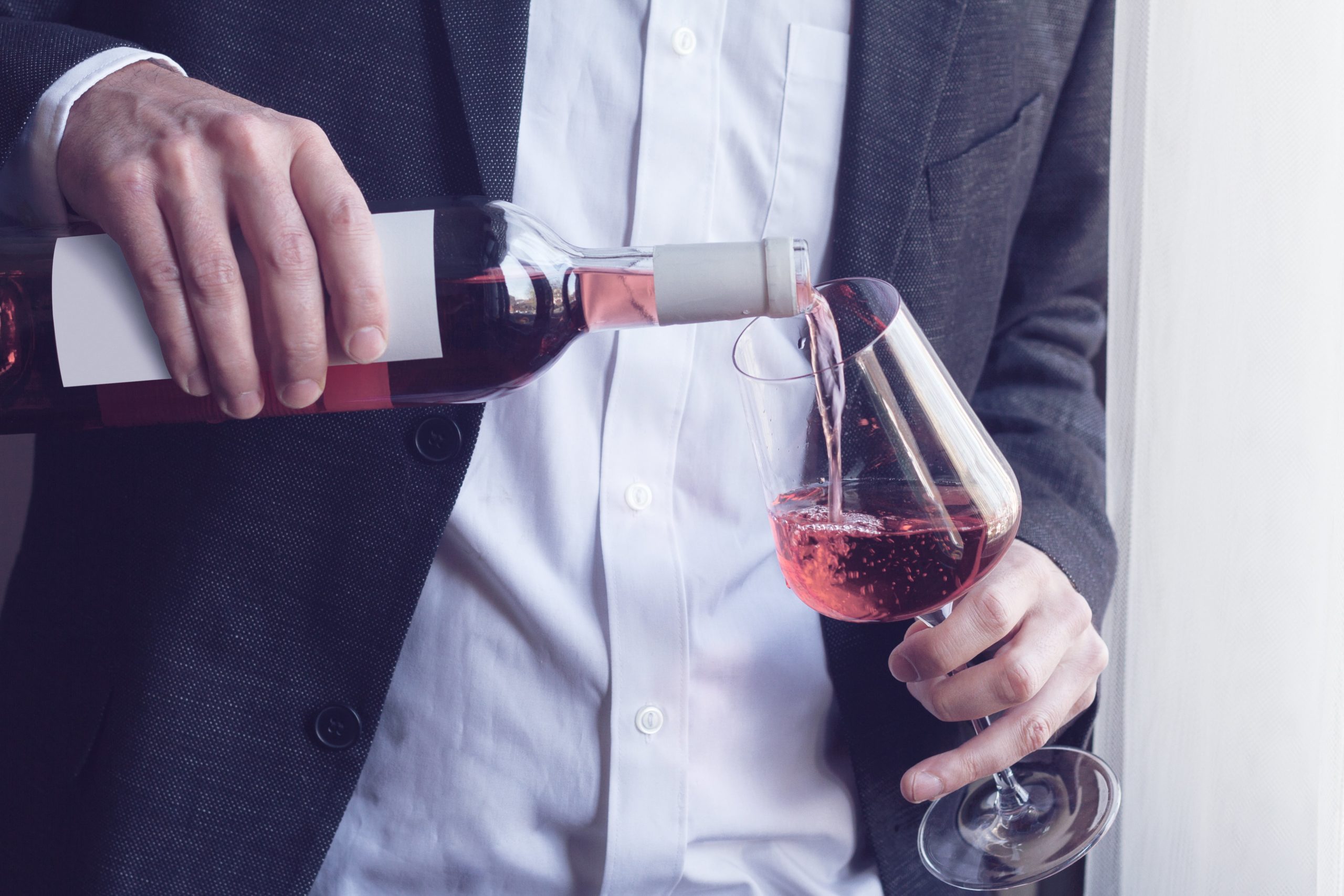Our regular dining out rituals may have been disrupted for a couple of years now. But now, for many of us, we’re back in the saddle of our favorite restaurants and it feels so good.
And now, might be the perfect time to discuss why visiting a restaurant might be your best lesson in marketing yet.
Have you ever had a great experience at a nice restaurant? What sticks out as memorable? I imagine the food was fantastic, the service was impeccable, and the environment was *chef’s kiss* perfect.
Now what about a mediocre meal at a mediocre restaurant? What sticks out as not-great? Most likely, the service was terrible, your order was wrong, or maybe the table was dirty when you arrived or the bathroom was unkempt.
Okay, at this juncture you might be thinking you’re about to read a restaurant article.
Rest assured, that is not the case! We are talking about restaurants because I am a true marketing nerd. My Economics background creates a specific curiosity that looks at things like a “bad” restaurant experience and a “good” restaurant experience to discern what exactly makes one better than the other.
I love digging in deep to the minutiae as well as taking a step back to see larger patterns.
In this article, we’re going to use the restaurant example as a metaphor to get into the core essence of marketing and why it matters so much for your brand.
RESTAURANTS AND THE CUSTOMER JOURNEY
Why does a restaurant experience work as a metaphor for the customer journey?
Because they’ve perfected it.
The restaurant customer journey is crystal-clear and unconsciously understood by everyone who participates. The conversations, the timing, the continued sales push that occurs is not only expected — it is associated — with a great restaurant.
When done right, we expect to pay more and we happily do so.
But, if one of the stages of the customer journey isn’t met or occurs out of order, we immediately know it.
And this is usually what we associate with a “bad” restaurant experience.
That’s because the customer journey is dynamic. It’s a two-way conversation rather than a one-sided lecture on why they should buy your product. It’s specifically why I created the Marketing RAMP® which today’s strategic outlook is based on.
Interested in the RAMP? Try Our Marketing RAMP® Software!
Our software will guide you through the RAMP build process almost as if you were working directly with my team.
Register for free today and you'll also get unlimited access to our online Learning Center!
The Timing of the Customer Journey
Timing can make or break your restaurant experience.
For example, say you go out to eat at a nice restaurant in town.
The first stage of your customer journey is when you would be greeted by the host or hostess before being seated.
What’s the ideal duration of time you should wait before you’re greeted? I’d say around one minute or less. Any longer than that, and I imagine you’d be looking around to see where the restaurant staff is. You might start feeling a little annoyed.
What would be the maximum duration of time you would wait before you left? Three minutes? Five minutes?
The same goes for when you’re seated, when you’re provided water, when you’re asked for what you’d like to drink. Your server aims to be proactive, but they also give you appropriate time and space for you to think over the menu, enjoy your meal, and so on.
You should keep restaurant timing in mind when you’re crafting your customer journey.
Using a digital marketing example, your first stage might be when someone downloads a free resource from your website or signs up for your newsletter.
What’s the ideal duration between the time someone downloads that resource and your first email communication?
It depends on your industry and business goals, but for many businesses who have just shared a free resource with a prospect, it’s best practice to send a followup email (or call) one to three days after.
What’s the maximum duration they live there with your free resource and take no other action? Probably a few weeks, but that’s up to you.
What you want them to do, though, is to take action.
And you do that through conversation.
The Conversation of the Customer Journey
Let’s go back to the restaurant.
With a great restaurant experience, there is conversation, but just the right amount.
A great server will make you feel like you’re their only customer for each of the handful of minutes that you have them at your table. They feel genuine and authentic in their interest about you, and they are knowledgeable about what they have to offer you in return.
They won’t try to convince you to get something you don’t want. They will ask questions and pay attention to your direct and indirect signals.
We can take a tip from our friends in the restaurant industry here.
When it comes to moving your customers through the customer journey — it is best done with conversation. Not forcefully without any consideration for what they actually want.
Likewise, you don’t want to totally go hands off and hope for the best.
That’s where conversation comes in. And asking questions.
I call it segmentation. This serves 3 purposes.
It engages your prospect. It asks them what they're interested in so you can deliver the solutions they want.
It qualifies them. By asking certain questions you can determine if you can help them. You might find they’re looking for steak at a seafood restaurant.
It allows them to self-segment. You can break your customer journey into mini-funnels for more targeted conversation and sales. Click here to learn more about this particular strategy.
The Upselling of the Customer Journey
The timing, the conversation, and the entire restaurant experience is all designed to ensure you have a delightful, luxurious time and that it’s everything you expect and more.
And when the entire restaurant experience is done right — you are being sold to the entire time. But, it’s done well and we want to be sold to. After all, this is a nice restaurant, we came here to experience something special.
We expect to pay more and we happily do so.
The same can apply to your brand, if you build a dynamic, conversational, and delightful customer journey.
So, want to build a brand that can stand the test of time?
Want a brand that doesn't have to rely on discounts?
Want a brand whose customers expect to be sold too and are thankful when you do?
Follow the high-quality restaurant experience by implementing the Marketing RAMP®.
If you’d like to learn more about the Marketing RAMP® and experience it for yourself, learn more by clicking the links below.
Try the Marketing RAMP®:
Click here to register for the Marketing RAMP Software for free; or, click here to learn all about it before you register!
If you’d like to work with a team who can help you develop a marketing strategy that leverages your customer journey, schedule a call today.

















